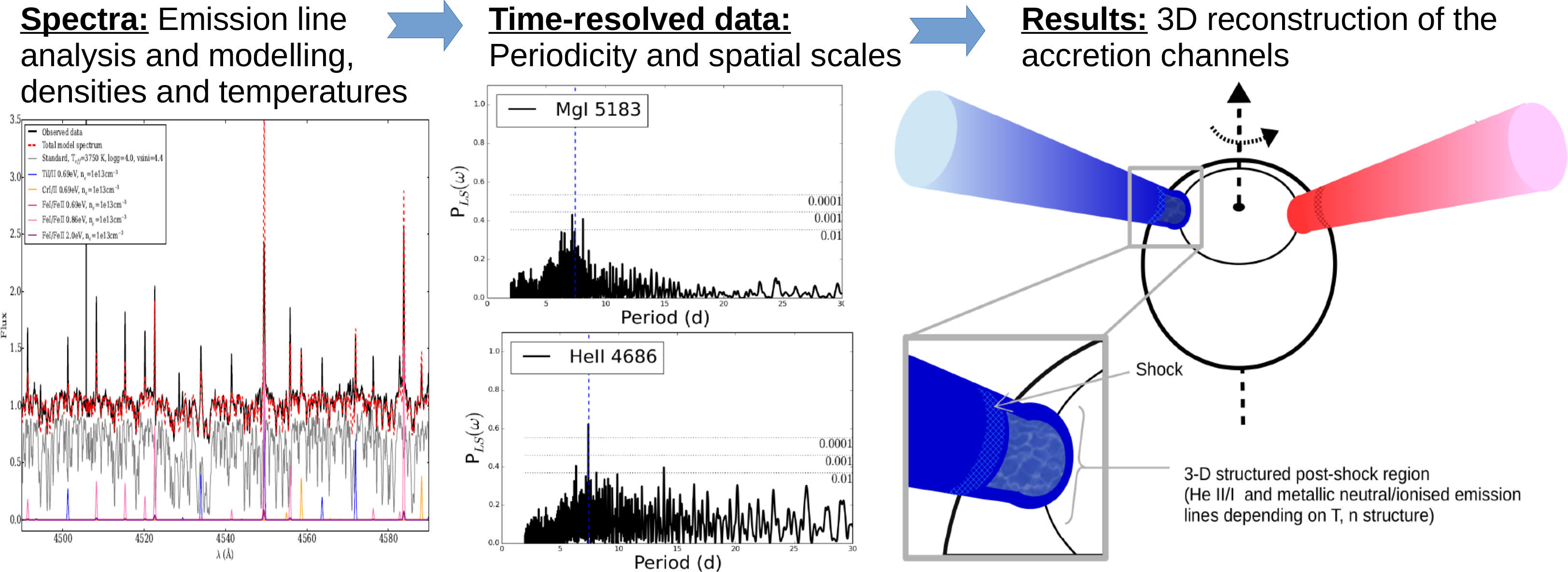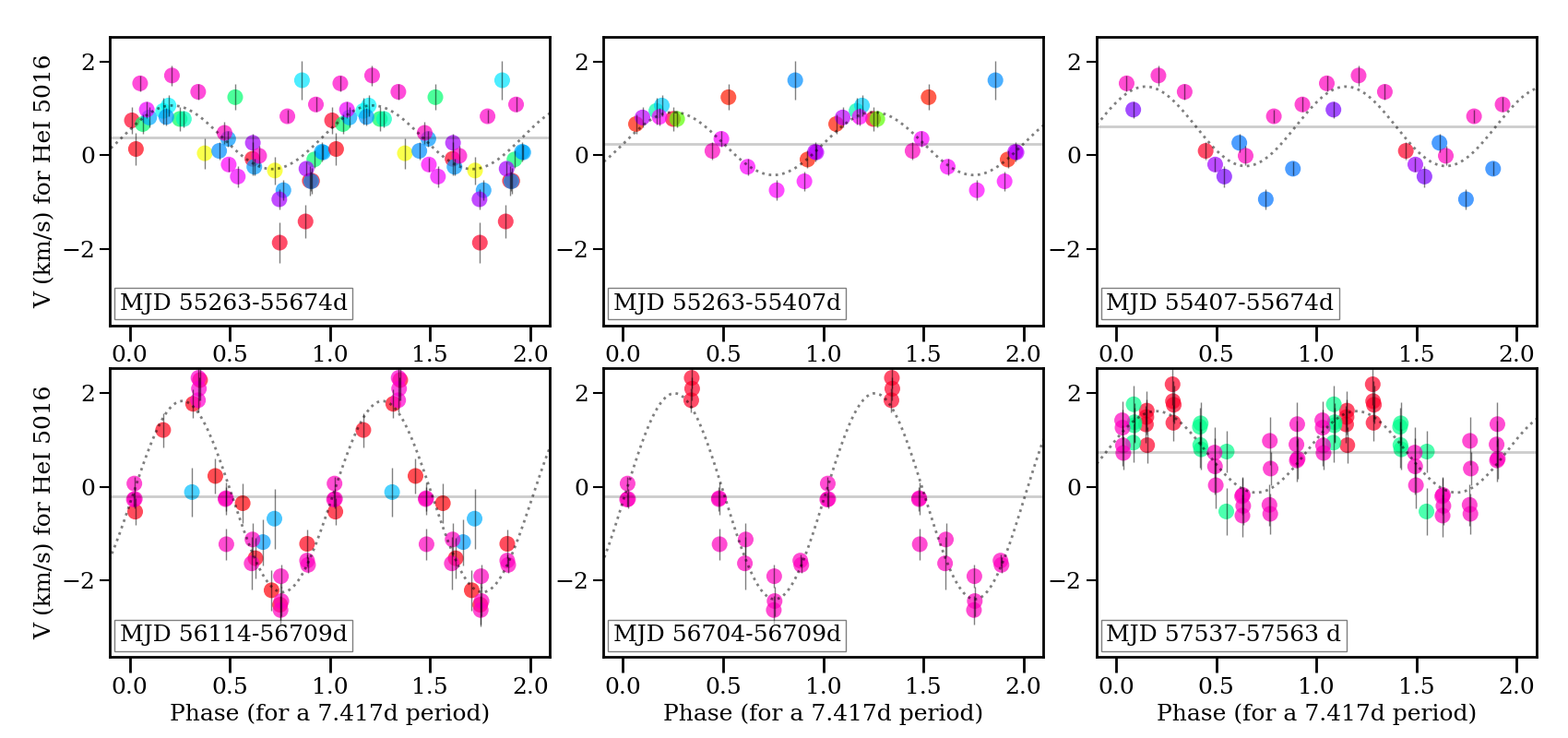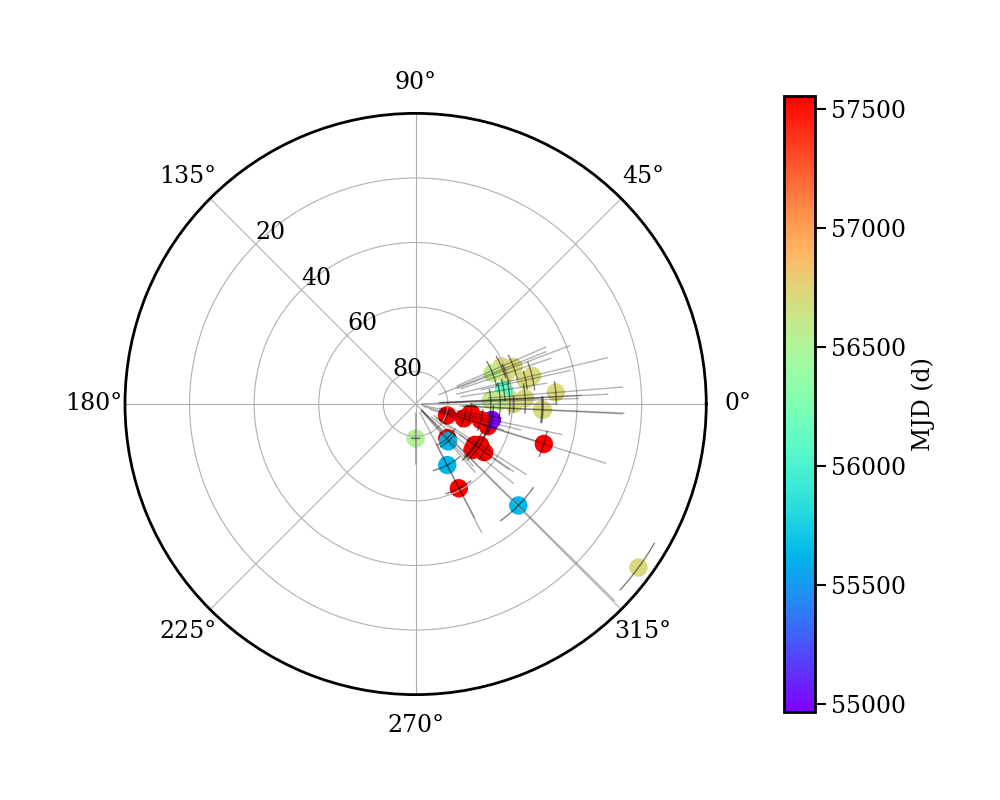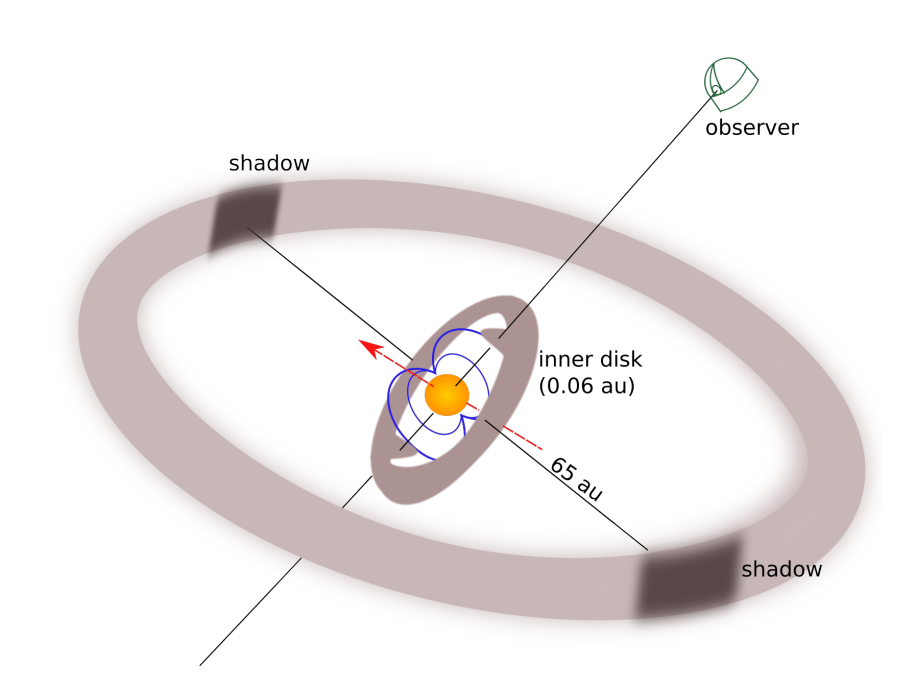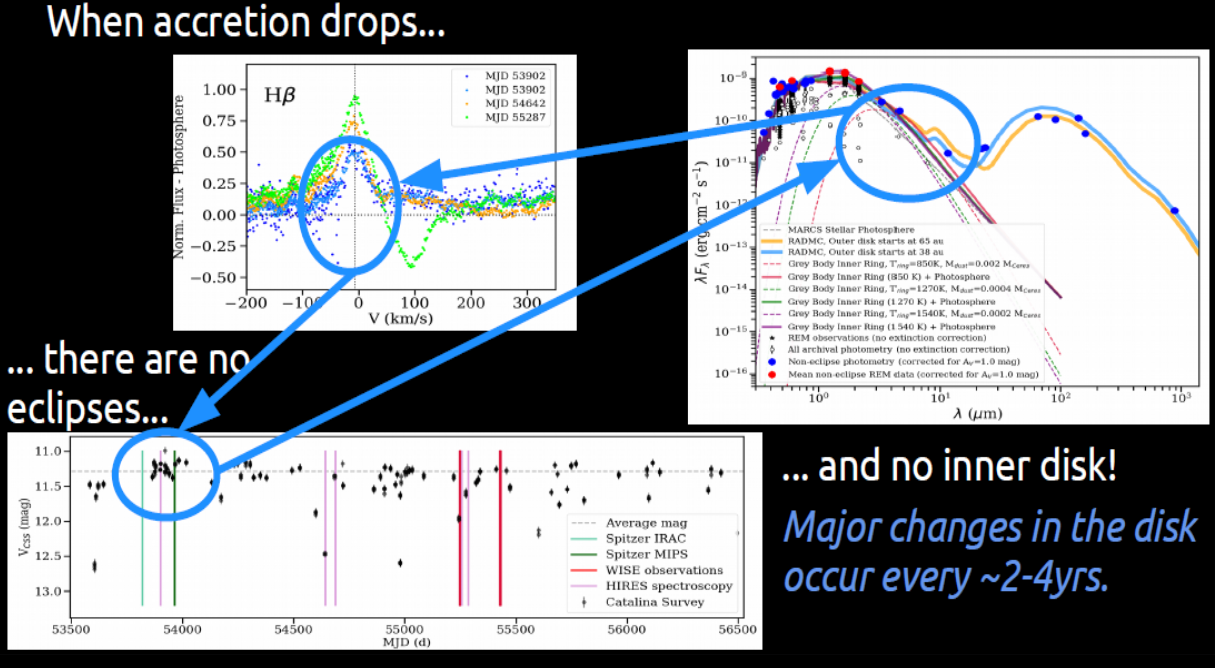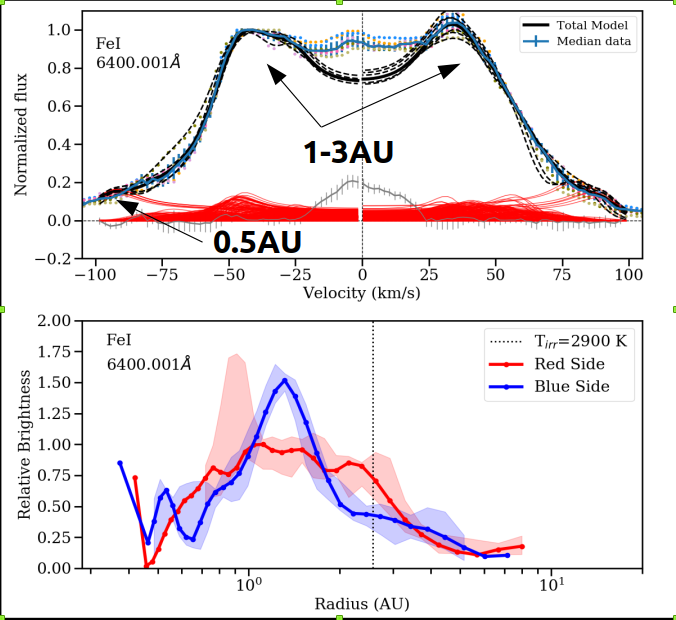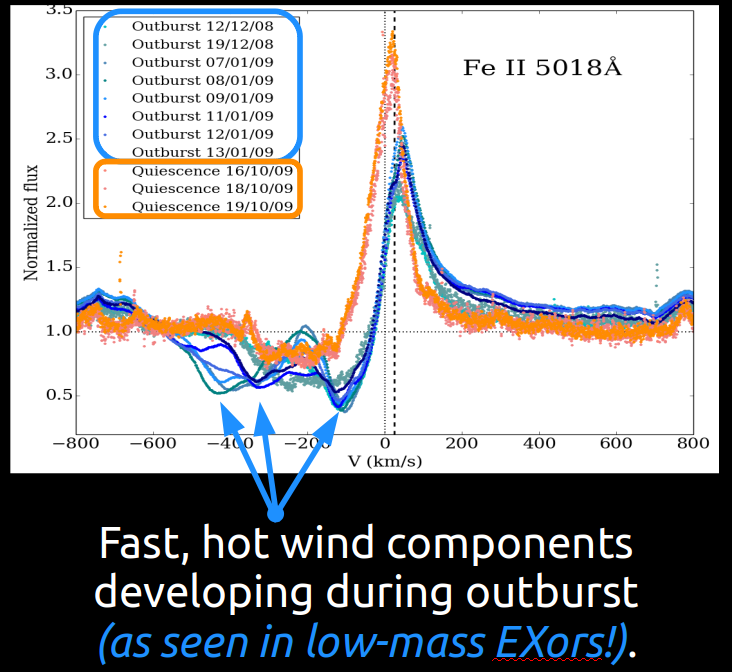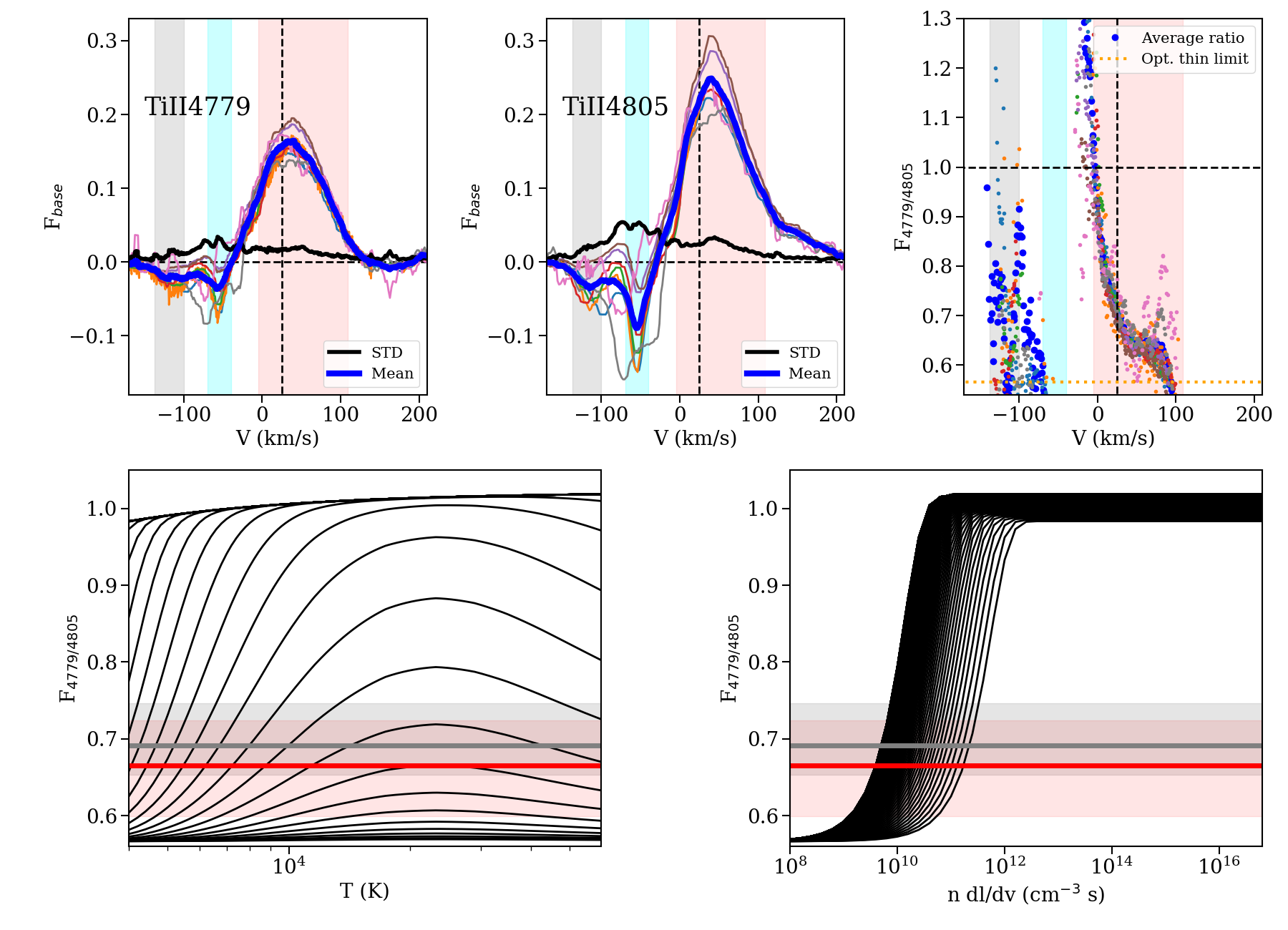What happens in the innermost disk at the time of planet formation? How does accretion, winds, and matter transport connect the star and the innermost disk, where planets are forming? And how can you resolve all those details that go below the capabilities of spatial resolution?
While direct mapping cannot access these regions, emission (and absorption) lines in young stars trace their winds, accretion-related structures, spots, and innermost disk. In the optical, a large number of species with various excitation potentials can provide information on the temperature, density, and velocity of hot and tiny structures. Using time-resolved spectroscopy covering several rotational and disk orbital periods, we can obtain a very detailed view of the structure and variability of accretion columns and spots and information on the presence and launching points of stellar/disk winds in young stars. In outbursting sources, the temperature variation allows us to spectroscopically access an even larger region of the disk and surroundings.
But extracting this information is not a minor task. To make the process easier, we have created the STAR-MELT Python package that allows emission line identification, extraction, and fitting, using time-resolved spectra from any of the main ESO spectroscopes (and many other facilities).
Here we present the results on several young stars, including EX Lupi (the prototype of outbursting EXor), J1604 (a source with two highly misaligned disks), and the outbursting HBe ZCMa NW, discussing what we can learn from "reading between the (spectral) lines".
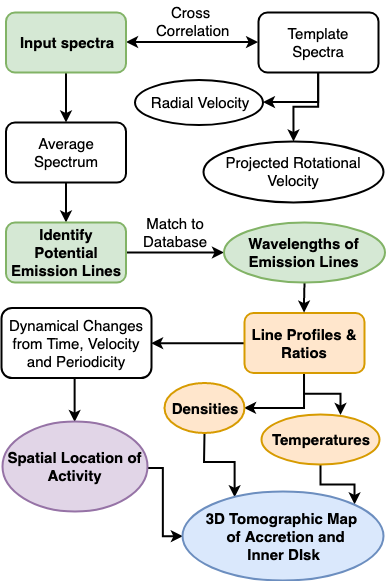

The development of STAR-MELT is funded by STFC grant ST/S000399/1
Your stars are no longer young? You have lines but no stars?
No problem! If lines are there, STAR-MELT can find them and read between them!
Please contact ASA & JCW for details.


